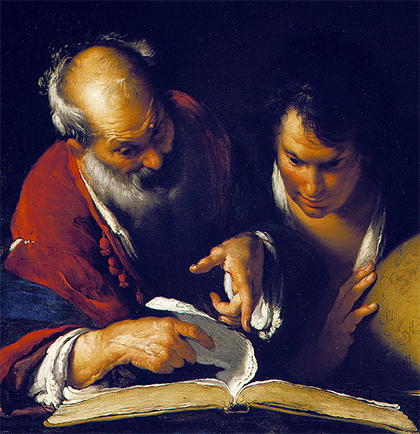Prvočísla Au Proof
weight: 31.1 g
purity: 999.9/1000 Au
edge: plain, hallmarked, lettered
sign: PRAŽSKÁ MINCOVNA Au 999,9
mark: CZP000010
limited mintage quality Proof: 235 pcs
issue day: November 2016
Objednávkový kód: CRM3159
Primes
Prime number
is a natural number that is divisible only by one and itself, with its own leader is not a prime number.
The smallest prime number is a number two - is completely divisible number one and number two. It is also the only prime number which is
even. All other primes are odd, because any other even number is divisible except one and itself still just two.
There is evidence that the Egyptians knew he primes, but the first study of prime numbers comes from ancient Greece. Mathematician Euklidus wrote a book which contained important theory of prime numbers including, for example, that the number of primes is infinite. Sieve of Eratosthenes is a simple method that can be easily determine primes (computers that generate high primes using another method).

Eratosthenes
Teachers
in
Alexandria
Bernardo
Strozzi,
Genoa
1581
-
Venice
1644,
about
1635,
oil
to
canvas
78.9
x
99.4
cm
& nbsp; & nbsp hotels, hotels are infinitely many prime numbers. The largest previously known Mersenne prime is a prime number, denotes M43112609 where the lower index determines the exponent z. This makes it a prime number 243112609-1. Found 23 August 2008 and has 12, 978, 189 digits.
primes concerns many known hypotheses that have failed to prove or disprove. The two best known are:
Infinity hotels pairs of primes: Twin prime is a pair of numbers (z, z + 2), both of these numbers are prime numbers. For example (3, 5) or (29, 31). The question is whether these couples are infinitely many primes. It is assumed that, yes, but evidence is lacking.
hotels Riemann Hypothesis: All nontrivial zero points Riemann zeta function have real part equal to & frac12 ;. The sentence is related to the distribution of primes, and is the one called. Millennium Prize Problems and her resolve reward will you get a million dollars.
Mathematicians vain attempt to discover a law on the distribution of primes, but we have reason to believe that in this issue, our mind will never penetrate.
In 1975 this problem commented Don Zagier:
& Quot; There are two facts regarding the deployment of primes that will, I hope, will captivate so that they will be forever engraved in your hearts. The first is that, despite their simple definition, and their role as the building blocks of the natural numbers, the primes revolve around natural numbers, without following any statute, therefore, one can not assume where the next prime number appears. The second fact is even more astonishing, because it expresses the exact opposite of the first fact: The incidence of primes shows stunning regularity, and certainly there are some laws that determine which will be the next prime number. & Quot;
& nbsp;
